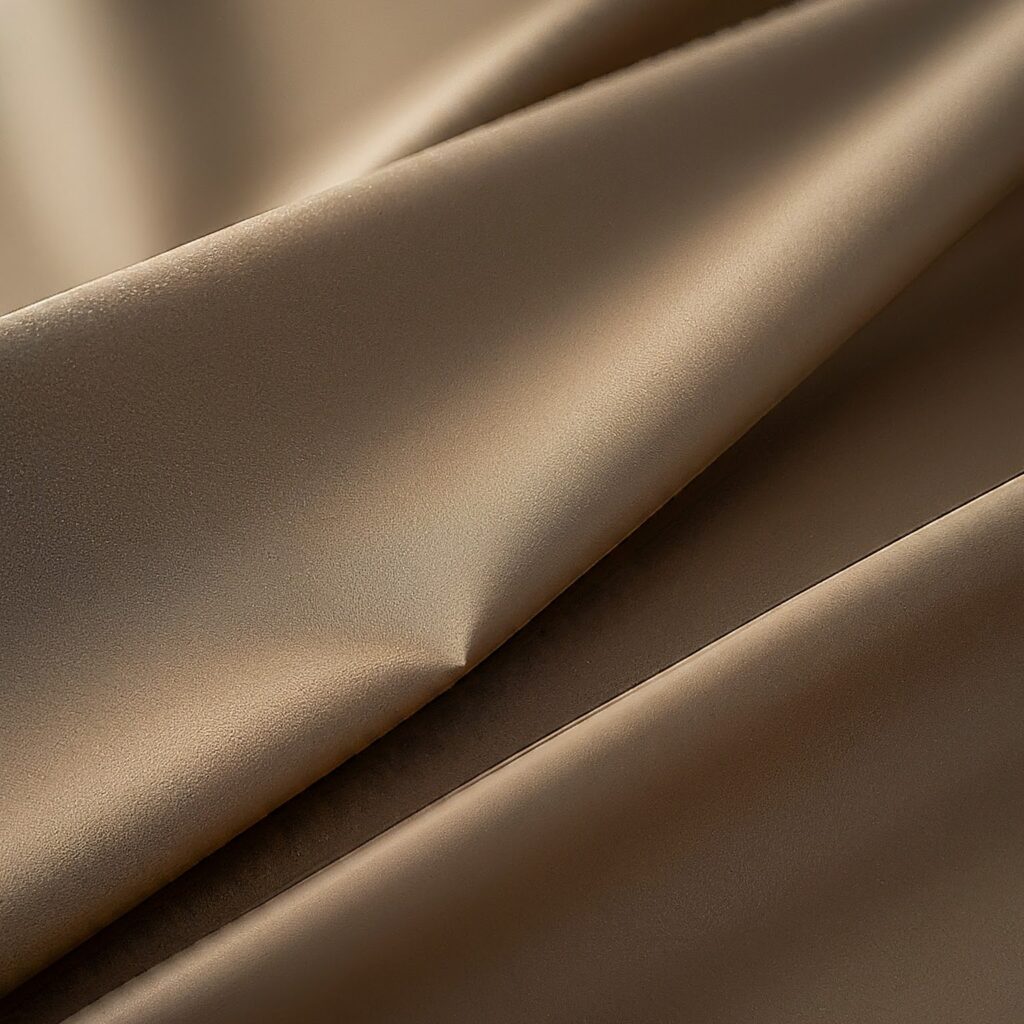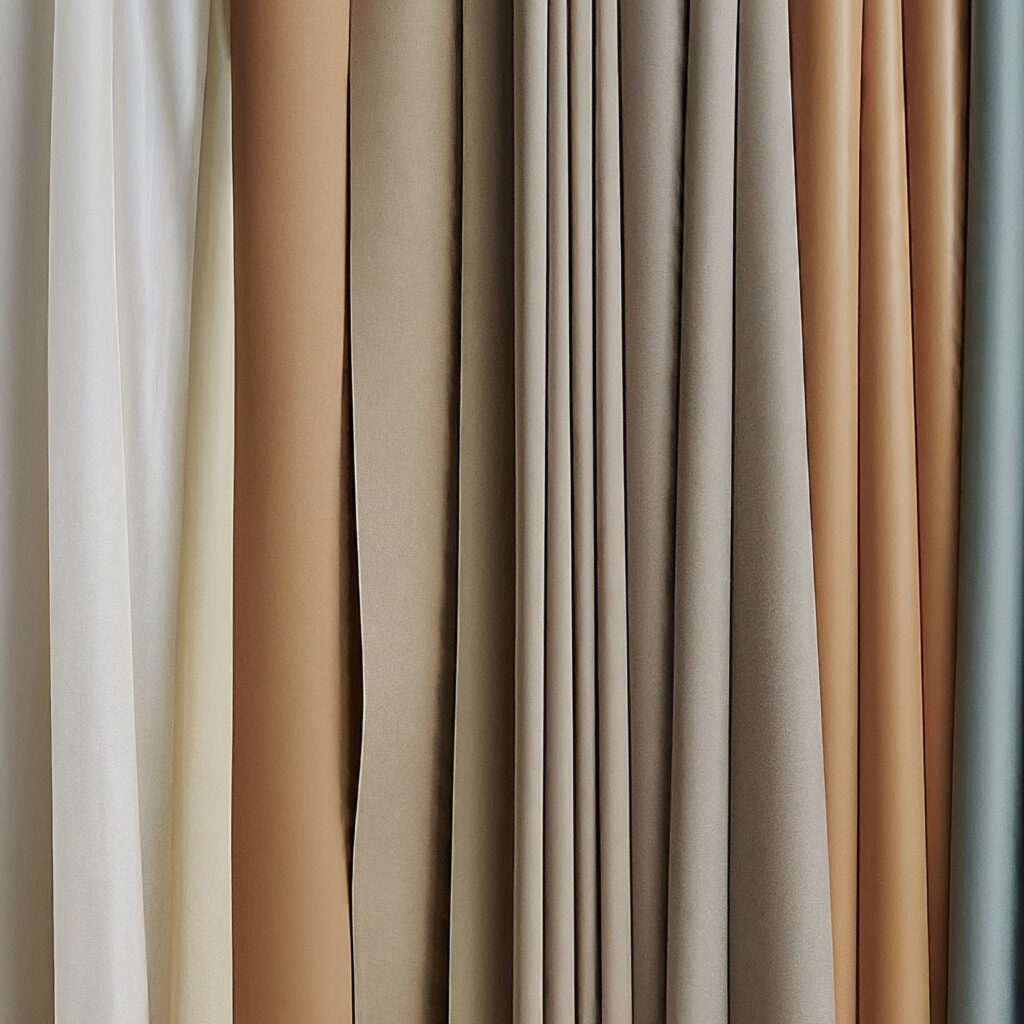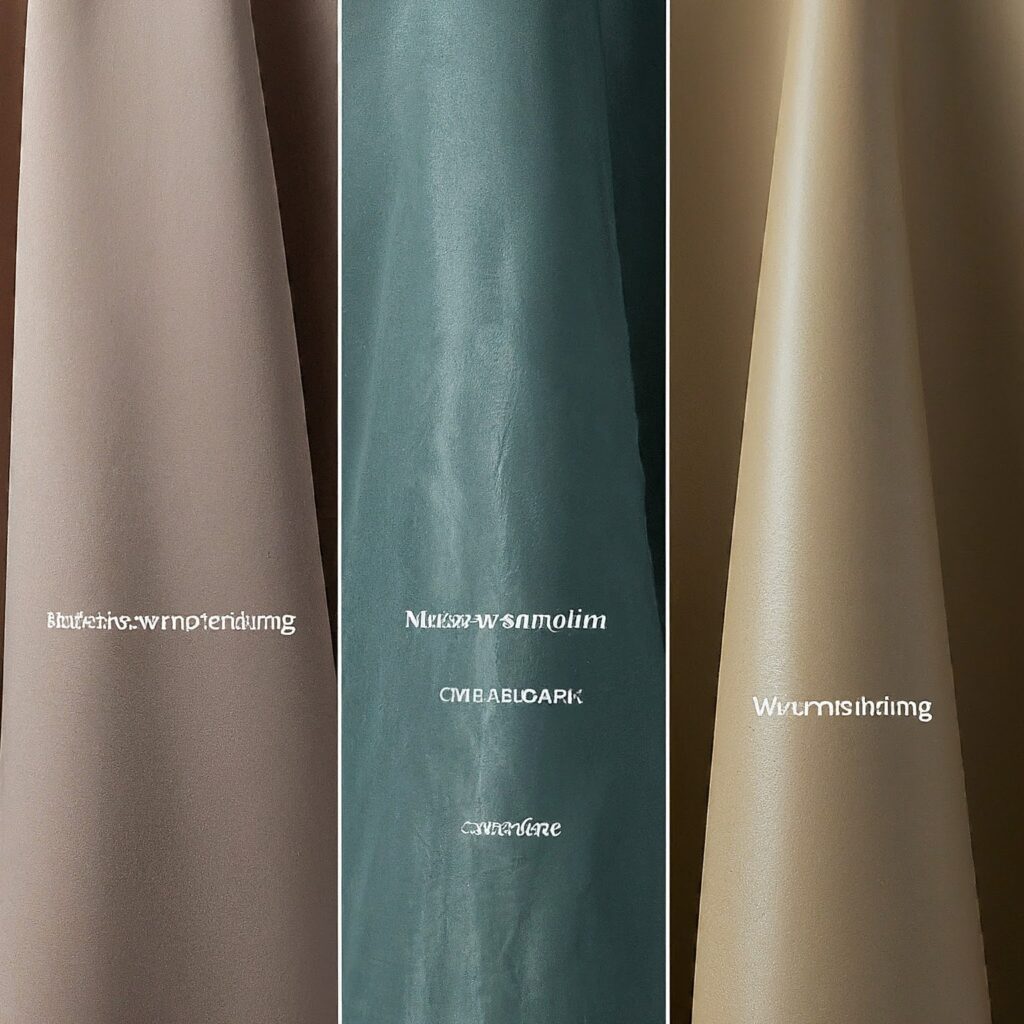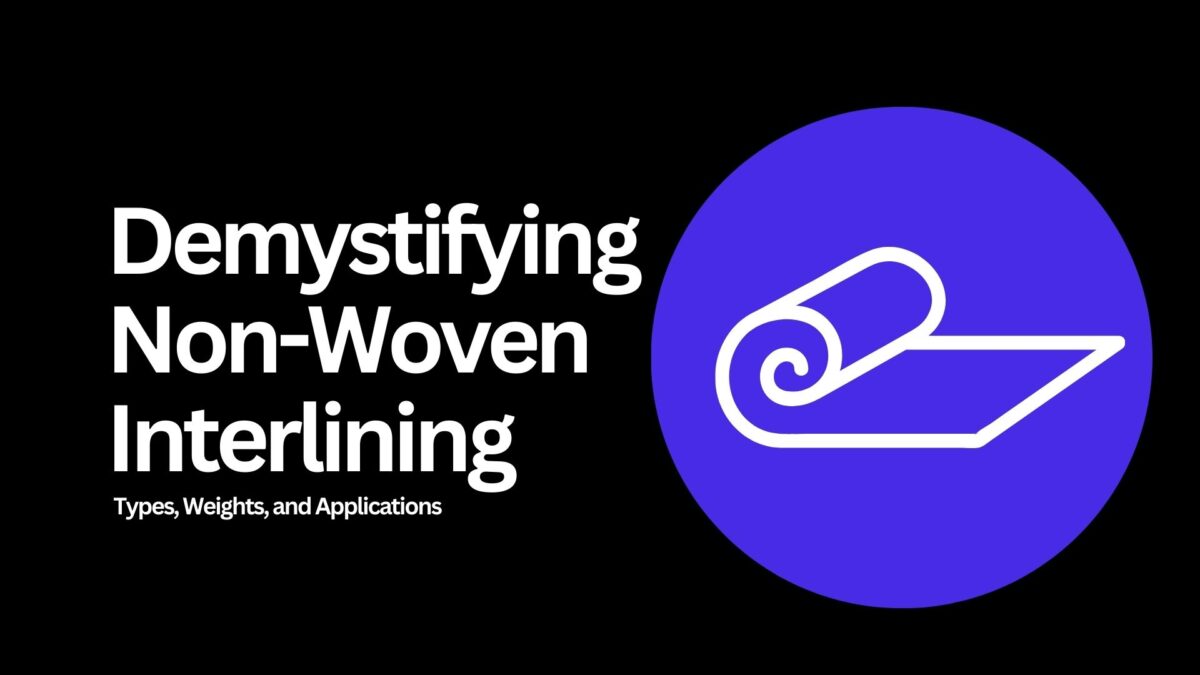Demystifying Non-Woven Interlining: Types, Weights, and Applications
If you work in fashion or textiles, you’ve likely heard of non-woven interlining. But what is it, and why is it so important? In simple terms, non-woven interlining is a material used to give fabrics structure and support. Unlike woven interlining fabric, made by weaving threads together, non-woven interlining fabric is made by bonding fibers together. This makes it versatile, cost-effective, and easy to use.
Understanding the different interlining types, weights, and uses of non-woven interlining helps you make better choices for your projects. Whether you’re a pro or a DIY enthusiast, I’m here to help you learn all about non-woven interlining.
Table of Content
- What is Non-Woven Interlining
- Types of Non-Woven Interlining
- Weights of Non-Woven Interlining
- Applications of Non-Woven Interlining
- Choosing the Right Non-Woven Interlining
- Conclusion
What is Non-Woven Interlining
Non-woven interlining is a type of fabric used in garment construction and other textile applications to provide structure, support, and reinforcement. Unlike woven interlining fabrics, non-woven interlining is made from fibers that are bonded together through chemical, thermal, or mechanical processes, rather than being woven together.

Types of Non-Woven Interlining
Non-woven interlining comes in several types, each with its own features and uses. Let’s look at the most common ones:
Fusible Non-Woven Interlining
- Adhesive backing: Fusible interlining has a glue that activates with heat. Just iron it onto the fabric, and it sticks.
- Easy to use: Great for beginners because it’s simple to apply.
- Common uses: Perfect for collars, cuffs, and waistbands.
Sew-in Non-Woven Interlining
- No adhesive: Sew-in interlining has no glue, so you sew it onto the fabric.
- Versatile: Good for delicate fabrics that might get damaged by heat.
- Common uses: Ideal for tailored clothes, quilting, and crafts.
Non-Fusible Non-Woven Interlining
- Temporary support: Gives temporary support while you sew and can be removed later.
- No heat required: Great for fabrics that can’t handle heat.
- Common uses: Best for embroidery, appliqué, and delicate fabrics.
Woven Interlining
- Woven structure: Made by weaving threads together, giving it a firm structure.
- Durable: Strong and long-lasting, suitable for many uses.
- Common uses: Often used in tailored garments and structured pieces.
Fusible Woven Interlining
- Adhesive backing: Has a glue side that sticks to fabric with heat.
- Combination benefits: Combines the structure of woven interlining with the convenience of fusible interlining.
- Common uses: Great for collars, waistbands, and other structured areas in garments.

Weights of Non-Woven Interlining
The weight of non-woven interlining is important because it affects how your project looks and feels. Let’s explore the different weights:
Lightweight Non-Woven Interlining
- Sheer fabrics: Perfect for lightweight fabrics like silk and chiffon.
- Subtle support: Adds structure without making the fabric too stiff.
- Common uses: Ideal for blouses, dresses, and lingerie.
Medium-Weight Non-Woven Interlining
- Versatile: Works with many fabrics, like cotton and polyester.
- Balanced support: Gives a good mix of structure and flexibility.
- Common uses: Great for jackets, skirts, and casual clothes.
Heavyweight Non-Woven Interlining
- Strong support: Offers a lot of structure and durability.
- Thick fabrics: Best for heavy fabrics like denim and upholstery.
- Common uses: Ideal for coats, bags, and home décor projects.
Applications of Non-Woven Interlining
Non-woven interlining is very useful and can be used in many ways. Here are some common uses:
Garment Construction
- Shaping: Helps shape collars, cuffs, and waistbands to keep their form.
- Reinforcement: Strengthens parts of clothes that get a lot of wear, like buttonholes and pockets.
- Smooth finish: Makes seams and hems look smooth, improving the garment’s appearance.
Quilting and Crafts
- Stabilizing: Keeps fabric pieces stable in quilting projects, ensuring neat results.
- Craft projects: Perfect for making bags, hats, and other craft items that need extra structure.
Home Décor
- Curtains and drapes: Adds weight and stability to curtains and drapes, helping them hang well.
- Upholstery: Supports upholstery fabrics, making them durable and polished.
- Table linens: Improves the look of tablecloths, placemats, and other table linens by adding structure.

Choosing the Right Non-Woven Interlining
Picking the right non-woven interlining for your project is key to getting good results. Here are some tips to help you choose:
Consider the Fabric
- Weight and texture: Match the weight of the interlining to the fabric. Use lightweight interlining for lightweight fabrics, and heavyweight for heavier fabrics.
- Heat sensitivity: For delicate fabrics, choose sew-in or non-fusible interlining to avoid damage from heat.
Think About the Project
- Garment type: For structured garments like jackets and coats, choose medium to heavyweight interlining.
- Craft projects: For crafts and quilting, pick interlining that offers the right balance of stability and flexibility.
Test Before You Commit
- Sample test: Always test a small piece of interlining with your interlining fabric before starting your project. This helps ensure compatibility and prevents any surprises.
- Adjust as needed: Based on your test, you can adjust the type or weight of the interlining to better suit your needs.
Conclusion
Non-woven interlining is a key part of the textile and fashion industries, providing support, structure, and stability to many projects. By understanding the different interlining types, weights, and uses of non-woven interlining, you can make better choices and get professional-quality results.
The key to success is picking the right interlining for your specific fabric and project. Don’t be afraid to experiment and test until you find the perfect match.
Happy sewing!
Link of related Articles
- how to sew with non-woven interlining
- Benefits of Using Non-Woven Fusible Interlining
- Non-Woven Interlining: A Lighter Alternative for Modern Sewing Projects

